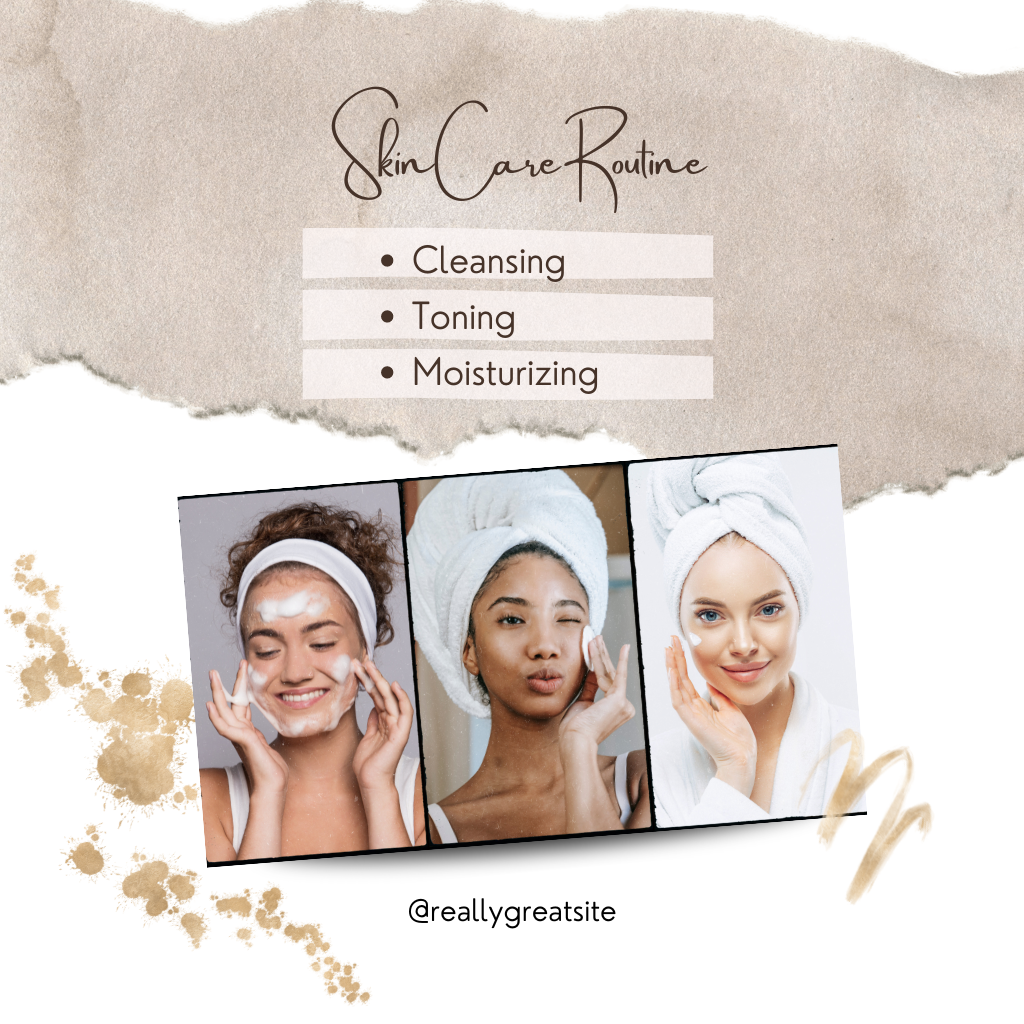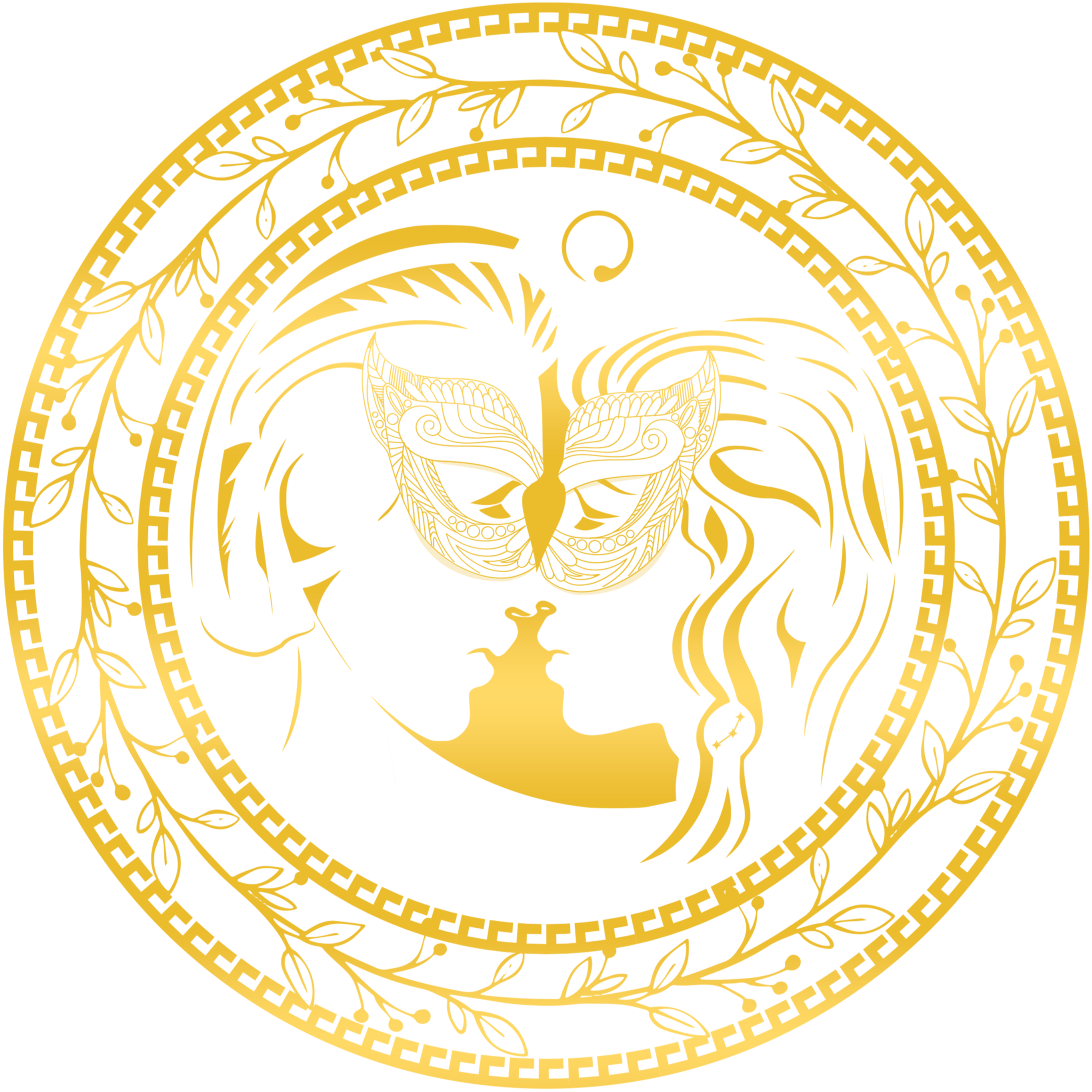
Understanding the Indian Skin Tone Spectrum
Share
India is a land of diversity, not just in culture and tradition, but also in the myriad skin tones of its people. From the fairest hues to the richest browns, the Indian skin color spectrum is as varied as the country's heritage. If you're curious about the different shades of Indian skin or looking for the perfect makeup, understanding this spectrum is essential. Here's a breakdown of the Indian skin tone chart and how it can be used to celebrate the beauty in diversity.
The Indian Skin Tone Chart
When we talk about Indian skin tones, we're referring to a wide range that spans across a skin color palette often not represented in generic charts. A typical Indian skin color chart will include shades from the lightest ivory, through wheatish complexions, to deep tan and rich brown.
Fair to Light Complexions
At one end of the spectrum, you'll find fair to light complexions. These skin tones may have a yellow or pink undertone and can burn easily under the sun. People with these skin tones will find their match towards the lighter end of the skin color palette.
Medium Skin Tones
Moving along the spectrum, medium skin tones are often referred to as "wheatish" in India. These tones can range from beige with yellow undertones to olive. They represent a balance between light and dark shades and are quite common across the country.
Tan to Dark Complexions
At the darker end of the spectrum, you'll find tan to dark complexions with deep brown undertones. These skin tones are rich and can vary from a moderate brown to a very dark brown, almost ebony shade. They are more resilient to sun exposure, often tanning beautifully rather than burning.
by davisuko (https://unsplash.com/@davisuko)
Importance of a Diverse Skin Color Palette
Recognizing the diversity in Indian skin tones is crucial for many industries, especially beauty and fashion. With a comprehensive skin color palette, makeup artists, fashion designers, and even graphic designers can create products and visuals that cater to a broader audience. It's about inclusivity and representation, ensuring that every individual can find their shade in the array of options available.
Applications of the Indian Skin Tone Chart
Makeup Industry
For the makeup industry, an accurate Indian skin color chart means foundations, concealers, and other cosmetics can be produced to match the skin tones of Indian consumers correctly. It eliminates the struggle of finding the right shade and promotes confidence in one's natural skin color.
Fashion and Design
In fashion, understanding the skin tone spectrum allows for the creation of clothing and accessories that complement various complexions. Designers can choose fabrics and colors that enhance the natural beauty of different skin tones.
Art and Media Representation
In art and media, using a diverse range of skin colors ensures that all Indians can see themselves represented fairly and accurately. It promotes a more inclusive society where everyone's uniqueness is acknowledged and celebrated.
Understanding the Indian skin tone spectrum is more than just about color—it's about acknowledging and embracing the rich diversity that makes India unique. By incorporating a wider skin color palette in various fields, we can foster a more inclusive environment where every shade is appreciated and represented.
Have you used an Indian skin color chart in your work or personal life? Share your experiences in the comments below.

